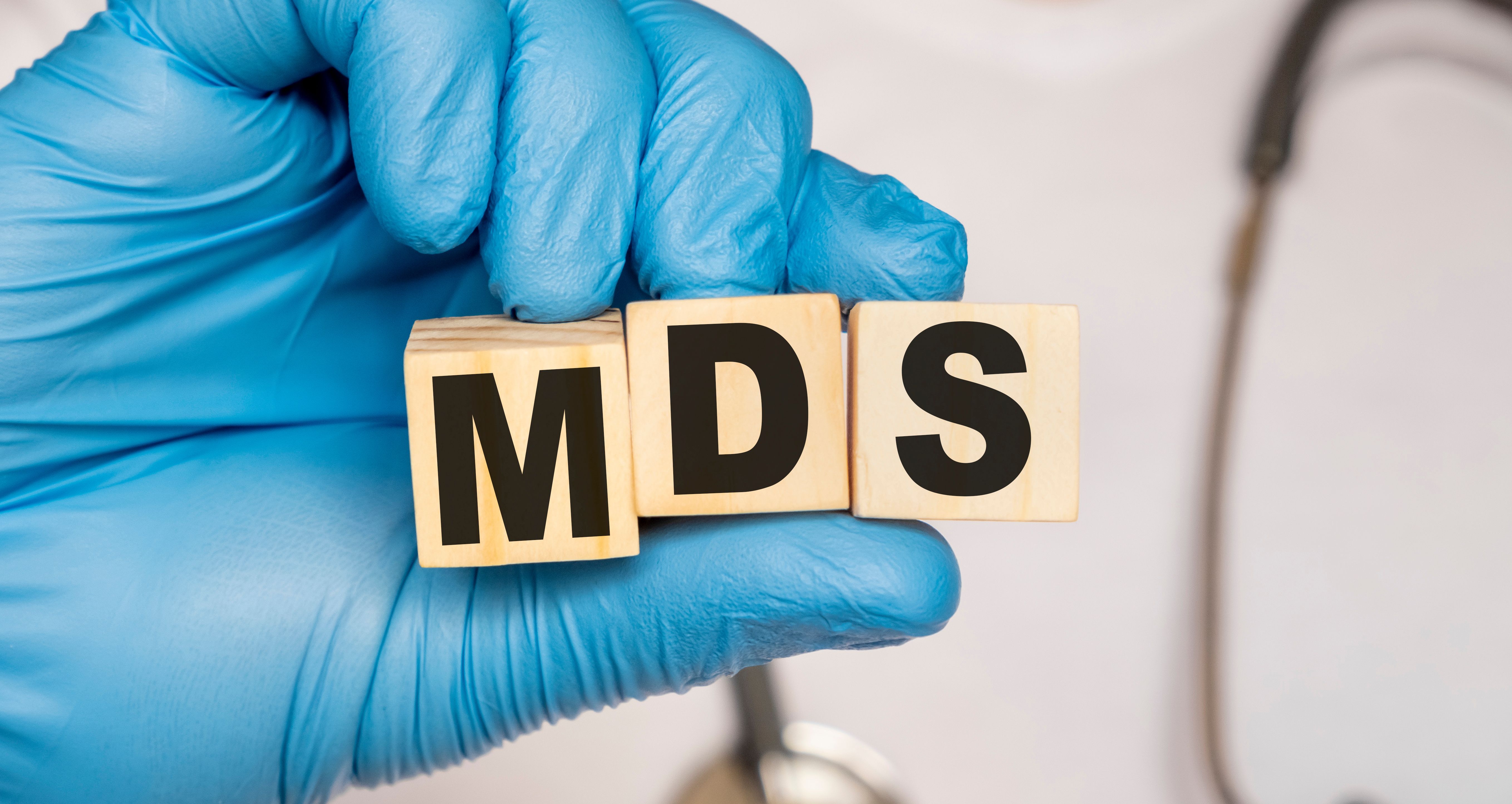News
Article
Venetoclax May Be an Option for Children With R/R AML, MDS
Author(s):
Key Takeaways
- Venetoclax shows potential in pediatric relapsed/refractory AML/MDS, with a 41.6% overall response rate and 33% complete response rate in a single-center study.
- Combining venetoclax with cytotoxic agents achieved a 60% complete response rate, suggesting its efficacy as a bridging therapy to hematopoietic stem cell transplantation.
The single-center report showed the therapy had a favorable safety profile and manageable side effects in children with relapsed or refractory (R/R) acute myeloid leukemia (AML) or myelodysplastic syndromes (MDS).
Pediatric patients with relapsed or refractory (R/R) acute myeloid leukemia (AML) or myelodysplastic syndromes (MDS) may benefit from venetoclax (Venclexta), a new study suggests.
The report comes from a single-center study in which 12 patients were given venetoclax-based regimens under a compassionate use program. The report was published in the British Journal of Haemaotology.1
There is no universal standard of care in R/R AML, noted corresponding author Sophie Cousson, MD, of the Robert Debré Academic Hospital, in Paris, and colleagues. The BCL-2 inhibitor venetoclax has become a first-line option in combination with hypomethylating agents (HMAs) or low-dose cytarabine in certain adults with newly diagnosed AML, gaining FDA approval in 2018.
More research is needed to understand molecular determinants of response to venetoclax-based regimens. | Image Credit: © Sviatlana - stock.adobe.com

“This authorization has sparked interest in exploring venetoclax-based regimens for pediatric R/R leukemia,” Cousson and colleagues wrote.
They noted that a 2020 report found venetoclax plus chemotherapy led to an overall response rate (ORR) of 80% (95% CI, 56%-94%) and a complete response (CR) rate of 70% (95% CI, 46%-88%) in pediatric patients with heavily relapsed and refractory AML treated with the recommended phase 2 dose of venetoclax of 360 mg/m2.2
Subsequent research into pediatric use of venetoclax has shown that the therapy works best when combined with other therapeutic agents, has a favorable safety profile, and could be used as a bridge to allogeneic hematopoietic stem cell transplantation (allo-HSCT), Cousson and colleagues said.1
In the new report, the investigators analyzed the cases of 12 patients, ranging in age from 2 to 12 years, who were given venetoclax-based regimens for R/R myeloid malignancies. Eight of the patients had previously experienced relapse, 5 patients were given venetoclax after allo-HSCT, and 3 patients had refractory AML, the authors said. One patient had MDS-related AML (MDS-AML), and the remainder had R/R AML.
The patients received either venetoclax plus HMAs (5 patients) or chemotherapy (5 patients) or venetoclax alone (2 patients). At a median follow-up of 11 months, the investigators said the ORR for the cohort was 41.6% and 33% of patients achieved CR.
The CR rate was best (60%) in patients who received venetoclax plus cytotoxic agents. In those receiving venetoclax plus HMAs, just 1 patient achieved a complete response with incomplete recovery. Neither of the 2 patients on venetoclax monotherapy responded.
The 1-year overall survival rate was 50% (95% CI, 28%-88%), and 1-year event-free survival rate was 25% (95% CI, 9.4%-67%).
By the end of follow-up, 11 patients had died. Most of the patients died as a result of progression or relapse (10 patients), but 1 patient died due to an infection associated with transplantation.
Cousson and colleagues said the single-center nature of the study limits the conclusions that can be drawn from it, but they said the data still provide valuable insights. For instance, they noted that 4 patients achieved CR without using anthracyclines, and 3 of those patients were able to undergo HSCT.
“This regimen could be particularly beneficial for heavily pretreated patients, allowing for less intensive treatment options,” they wrote.
They said their experience suggests a venetoclax-cytarabine-based regimen is a favorable bridging strategy to HSCT. In addition, they argued that more research is needed to understand molecular determinants of response to venetoclax-based regimens, and they said resistance-management strategies will need to be developed.
“BLC2-inhibitors like venetoclax are promising targeted therapy in treating R/R myeloid disorders but significant research efforts and multicenter clinical trials are warranted to refine treatment strategies in these patients,” they concluded.
References
- Cousson S, Calvo C, Goldwirt L, et al. Monocentric experience of venetoclax-based regimen in paediatric refractory and relapsed AML/MDS. Br J Haematol. Published online October 24, 2024. doi:10.1111/bjh.19849
- Karol SE, Alexander TB, Budhraja A, et al. Venetoclax in combination with cytarabine with or without idarubicin in children with relapsed or refractory acute myeloid leukaemia: a phase 1, dose-escalation study. Lancet Oncol. 2020;21(4):551-560. doi:10.1016/S1470-2045(20)30060-7




